Emergency Vehicles
Q: When an emergency vehicle is approaching with its’ emergency lights and sirens on, what should I do?
A: When it is safe to do so, you should pull to the right and stop until all emergency vehicles have safely passed. If you cannot safely maneuver to the right, simply stop and stay stopped so the vehicles can go around you. This will allow fire apparatus or other emergency vehicles to safely and quickly continue its response.
Q: Why do emergency vehicles with full lights and sirens go through a red light at intersections and then, after they go through, they turn off their lights and slow down?
A: Most likely, when you see an emergency vehicle with red lights and sirens go through an intersection and then slow down and turn the emergency lights off, they have been canceled from the call to which they were responding. Often several units are dispatched to the same incident. The first unit may have arrived on the scene, assessed the situation and informed the dispatcher that the situation was under control or that a single unit could handle the emergency. All other responding units were canceled and put back into service, ready to take another call.
Q: Why is it necessary for a fire truck to respond to a medical call?
A: The ambulances are staffed with only two personnel and the additional staff of a fire apparatus is often needed to assist with lifting or aiding in the patient care, especially with a critical patient.
Most Albany Fire Department fire apparatus are staffed with advanced life support personnel and equipment. If a fire engine/truck is closer to an emergency then the next available ambulance then it will respond to help until the ambulance arrives.
All Albany Fire Department responders are cross-trained in both medical care and fire fighting and are expected to perform both roles daily. At any time a firefighter/EMT or paramedic on an ambulance may need to report to a fire alarm or a fire scene. A firefighter/EMT on the fire engine may at any time need to make a first response medical call.
Q: Why when I call for an emergency, do I sometimes see an ambulance or fire truck from another City?
A: During the course of a day it is not unusual for two or three emergencies to occur at the same time. If our ambulances or fire trucks are busy with several emergencies, we will dispatch a unit from a nearby city. This mutual-aid works both ways; therefore Albany ambulances and fire apparatus may be dispatched to assist other districts as well.
Becoming a firefighter/EMT
Q: What does it take to be a firefighter?
A: Please see the job description for the Firefighter/EMT - Paramedic position
Q: What do firefighters do when they are not responding to fire or emergency medical calls?
A: Firefighters train in some capacity every shift on fire related training and on emergency medical continuing education. Firefighters also have to assist the Fire Prevention Bureau with commercial pre-fire plans, public education, and school visits. Firefighters are also responsible for cleaning and maintaining equipment and the fire stations.
Occasionally, you may see fire vehicles driving around town or touring buildings when there is not an emergency. It is important that firefighters become familiar with the district’s streets and neighborhoods as well as business districts. This will save valuable time when actually responding to an emergency. The rest of their time is spent preparing meals, reading and studying, exercising and sleeping. They are always alert and prepared to answer emergency calls.
Q: Can I do a ride-along with the Albany Fire Department?
A: The Albany Fire Department’s ride-along program is available in a limited capacity to personnel from outside emergency agencies, educational institutions, and to AFD-sponsored public. All riders must be at least 18 years of age and have an interest in the fire service. An exception to this is for students, at least 16 years of age, who are enrolled in a school Fire/EMS related educational program, approved by AFD administration. Department shift personnel have the right to decline to participate. The ride-along program is not available for “thrill seekers,” but rather those who have a sincere interest in the fire service and what it entails.
Normal sessions will be scheduled between the hours of 0800 – 2200 hours, but may be adjusted by the station officer.
For questions or for further information about the ride-along program, please call the Fire administration office at 541-917-7700.
Fire Stations
Q: How many stations does the Albany Fire Department have? Why are they numbered like that?
A: The Albany Fire Department participates in the Linn County dispatch system. The numbering system was developed in order to minimize confusion and create efficient radio communications at large fires or emergency scenes, where multiple departments were working together.
In this system each fire department in the county is given a number to indicate where it is. Albany was assigned the 10’s, Sweet Home is the 20’s, Lebanon is the 30’s, etc… Albany has Stations 11, 12, 13, 14, and 15.
Each fire apparatus is designated by its type and the station that it comes from, thus a fire engine from Lebanon’s main station is named Engine 31 an Ambulance from Albany’s south station is Medic 12.
Q: Is there always someone at the fire stations?
A: No. Fire stations in Albany are only occupied until an emergency call comes in. All fire station personnel are assigned to various pieces of fire equipment/ambulances. Once an emergency call is received, the appropriate equipment is dispatched, many times leaving no one at the fire station until they return from that call.
Fire Administration is located at Station 11 and is open Mon–Fri, 8:00am – 5:00pm
For this reason, if you have an emergency, it is always better to dial 9-1-1, rather than to drive to a fire station, which may be empty.
On Scene
Q: Why do firefighters break windows and cut holes in roofs when the fire is inside a building?
A: It may appear that by breaking windows or cutting holes in roofs cause more damage than the actual fire. However, internal building fires create a lot of heat and smoke and firefighters must remove the heat and smoke before they can get close enough to put out the fire. Heat and smoke rise, so cutting a hole in the roof and breaking out windows in planned locations force smoke to vent upwards, allowing cool air to enter the building from below. This is called “ventilation”. This also improves visibility and lowers heat conditions for the firefighters inside, allowing them to extinguish the fire quickly and safely. Heat and smoke can cause extensive damage; ventilation will actually reduce overall damage to a building and contents.
- Details
Every day the Albany Fire Department has three ambulances with paramedic/firefighters. Additionally, there are also three fire apparatus staffed with at least one paramedic in the crew. More units can be staffed as needed with reserve vehicles for events, inclement weather, or call-back for major emergencies.
Ambulance service
Current rates
Ambulance service rates are approved by City Council. You can find the current rates on this page.
If you need transport...
Transport decisions are based upon your condition at the time of the call, your best interest, the closest appropriate facility, medical direction from the hospital, and lastly your preference.
Treatment without transport
If a treatment is provided without transport, such as starting an IV or providing medications like dextrose for a diabetic or Albuterol for respiratory distress, then we charge an aid call at a rate of $630.00. This service is not covered by Medicare.
We don’t charge for lift assist or assessment.
Your ambulance bill
Payments can also be made in person at:
611 Lyon Street SE
Albany, OR 97321
Financial assistance
Financial assistance is based on the federal poverty level. To find out if you qualify fill out the form (below) and provide two years' proof of income.
Payment plans
To set up a monthly payment plan, call 541-917-7710.
Join FireMed
FireMed gives you affordable, prepaid, 24-hour ambulance coverage for your entire family
FireMed is a membership program designed to provide affordable ambulance service to the community. It is not insurance, but is prepaid coverage in excess of any health insurance or medical benefits. FireMed provides 24-hour ambulance service for your entire family.
FireMed covers people in Albany as well as in other cities in Oregon that also have FireMed programs.
- Details
All of these services are provided free of charge to low-income Albany residents. If you're interested, contact our residential safety line at 541-917-5021
Smoke Alarms
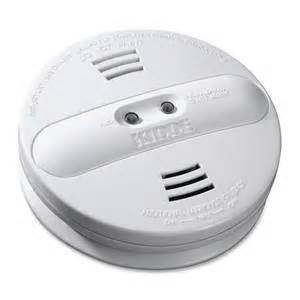
Smoke alarms are needed in each room that people sleep in, outside of each sleeping area, and/or every level of a residence.
Carbon Monoxide Detectors
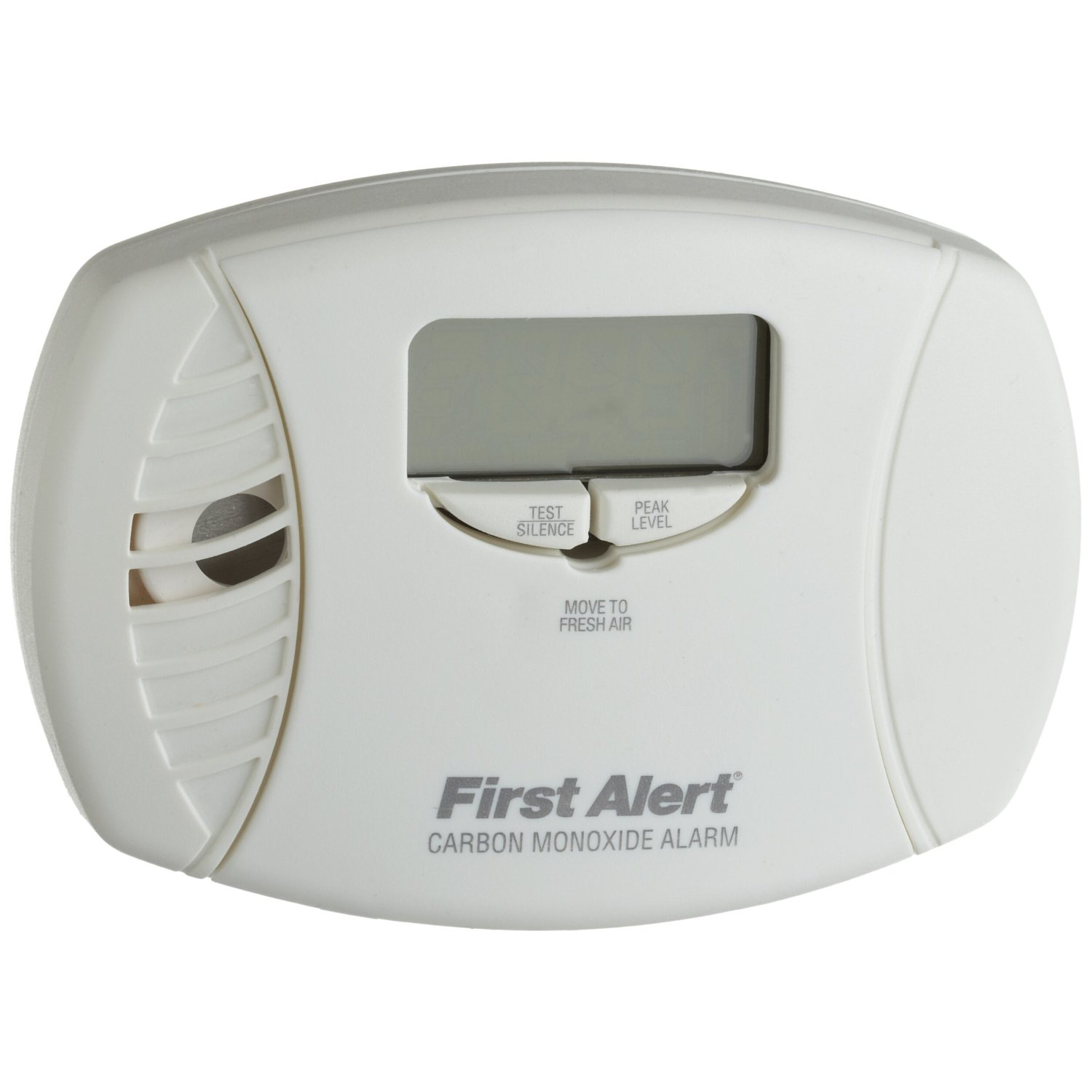
Carbon monoxide detectors are needed if you use gas heat, gas appliances, or use a wood burning stove.
Fire Escape Ladders

Ladders are needed if people sleep on the second story of a residence.
Bike Helmet Program
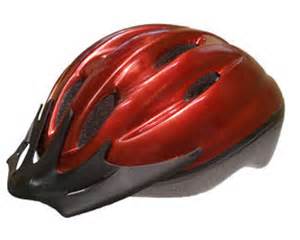
Bike helmets are available for anyone needing one. Come get fitted with the correct size helmet for you.
Chimney Brushes
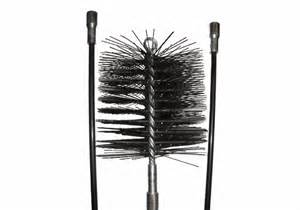
Chimney brushes are available for check out to clean creosote buildup in your chimney to prevent a flu fire. Annual cleaning is recommended.
Life Jacket Program
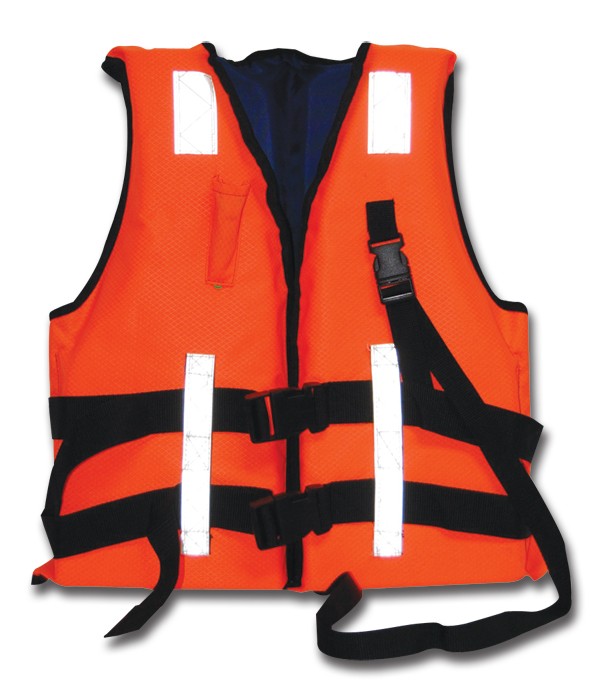
Keep kids afloat and safe around water. Borrow a life jacket from any of the Albany Fire Stations.
Lock Boxes
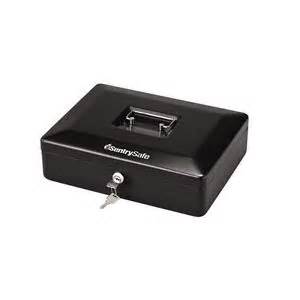
Keep medications, matches and lighters out of children’s hands.
Residential Key Boxes
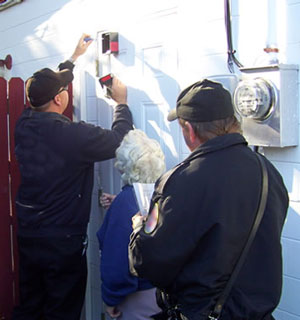
The boxes are mounted on an exterior location of a residence. Inside, a key to your door is placed. If emergency medical services are needed, we can open the box so we can get inside without having to break down a door or window to rescue you. Key Boxes are accessed by Albany Fire Department and Albany Police Department ONLY. They are secure.
- Details
AFD will accommodate visits to fire stations for small groups. No minimum number of visitors is required.
To arrange a tour, please contact Deputy Fire Marshal Sandy Roberts at 541-917-7734.
Please schedule at least two weeks in advance.
- Details
A portable fire extinguisher can save lives and property by putting out a small fire or containing it until the fire department arrives; but portable extinguishers have limitations. Because fire grows and spreads so rapidly, the number one priority for residents is to get out safely.
Safety tips
- Use a portable fire extinguisher when the fire is confined to a small area, such as a wastebasket, and is not growing; everyone has exited the building; the fire department has been called or is being called; and the room is not filled with smoke.
 To operate a fire extinguisher, remember the word PASS:
To operate a fire extinguisher, remember the word PASS:
- Pull the pin. Hold the extinguisher with the nozzle pointing away from you, and release the locking mechanism.
- Aim low. Point the extinguisher at the base of the fire.
- Squeeze the lever slowly and evenly.
- Sweep the nozzle from side-to-side.
- For the home, select a multi-purpose extinguisher (can be used on all types of home fires) that is large enough to put out a small fire, but not so heavy as to be difficult to handle.
- Choose a fire extinguisher that carries the label of an independent testing laboratory.
- Read the instructions that come with the fire extinguisher and become familiar with its parts and operation before a fire breaks out. Local fire departments or fire equipment distributors often offer hands-on fire extinguisher trainings.
- Install fire extinguishers close to an exit and keep your back to a clear exit when you use the device so you can make an easy escape if the fire cannot be controlled. If the room fills with smoke, leave immediately.
- Know when to go. Fire extinguishers are one element of a fire response plan, but the primary element is safe escape. Every household should have a home fire escape plan and working smoke alarms.
- Details


